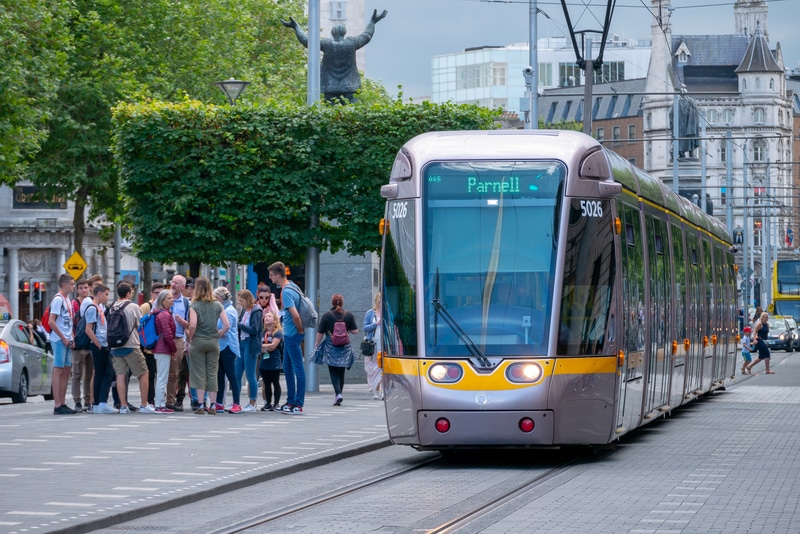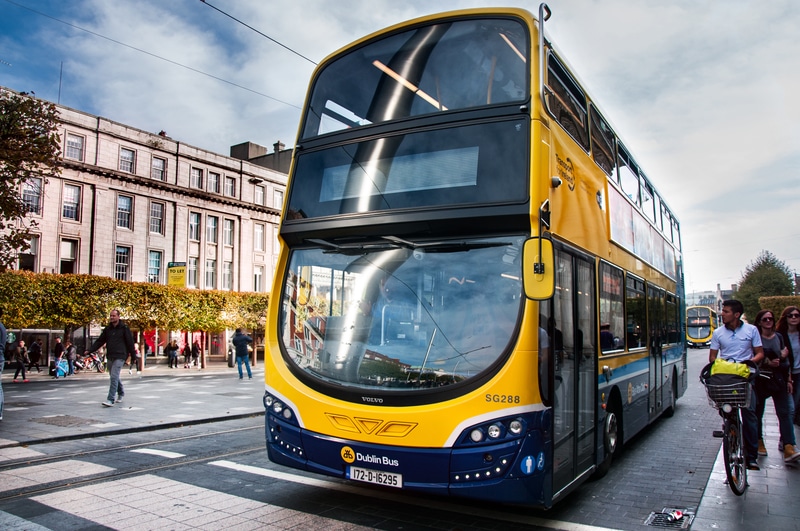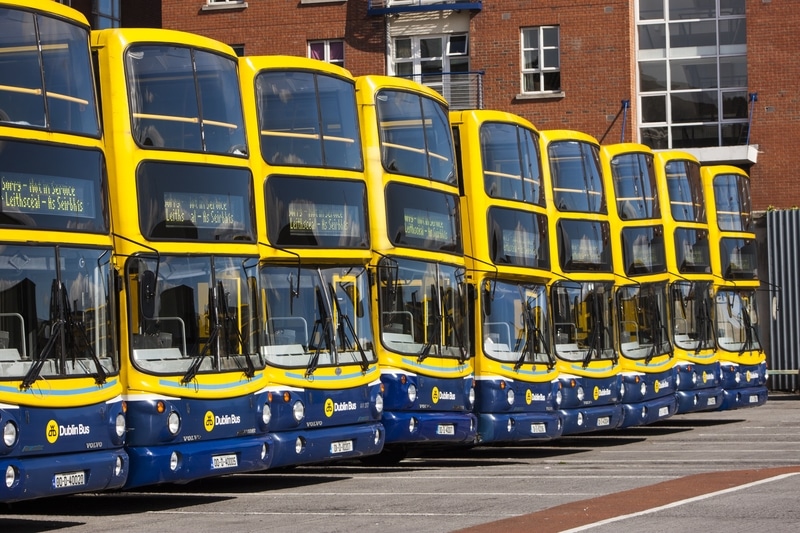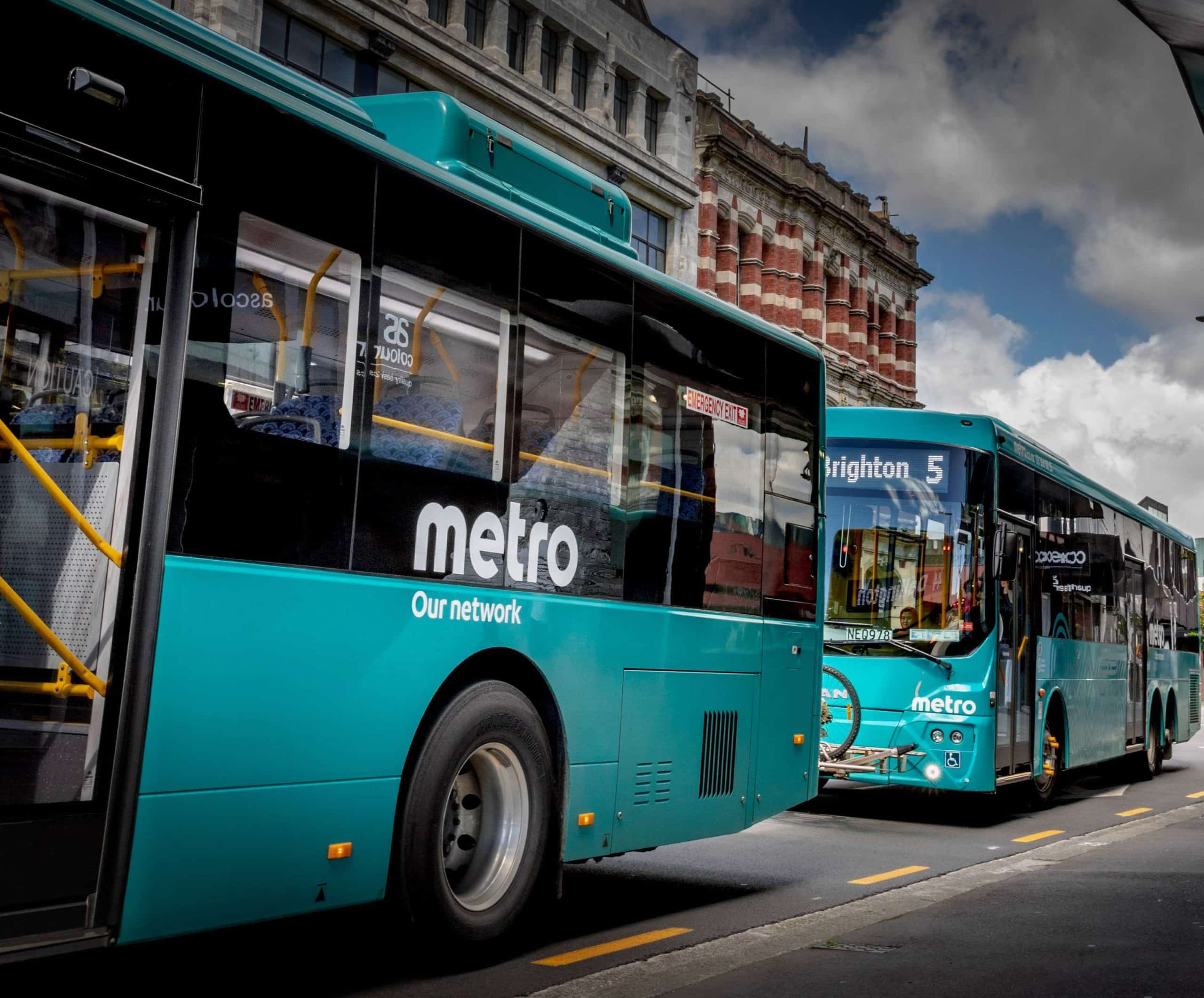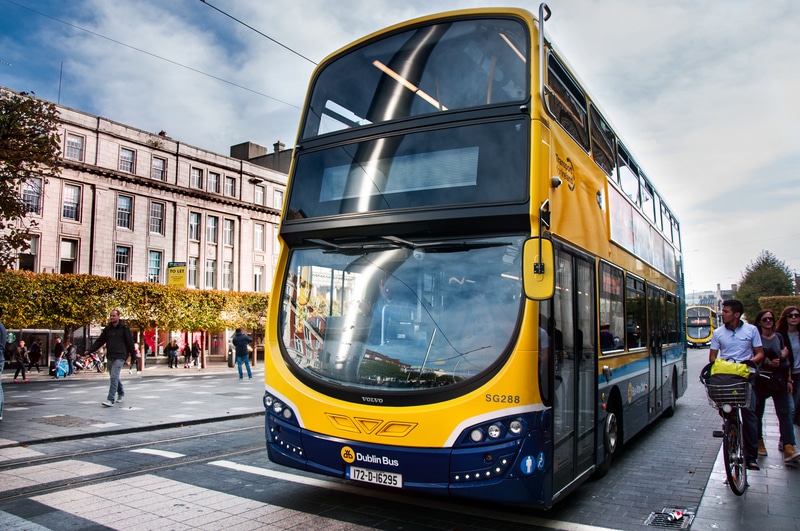
Article Highlights
Ireland’s National Transport Authority, or NTA, plans to award a contract for its long-awaited nationwide next-generation ticketing project by the fourth quarter of next year. That is at least a year behind schedule. The new system will support open-loop payments and integrate with MaaS, among other features.
• Chart: NTA-Ireland-costs-Leap-figures
• Chart: NTA-Ireland-ridership
• NTA (Ireland)
• Cubic
Ireland’s National Transport Authority, or NTA, plans to award a contract for its long-awaited nationwide next-generation ticketing project by the fourth quarter of next year, the agency has told Mobility Payments. That is a least a year behind schedule.







